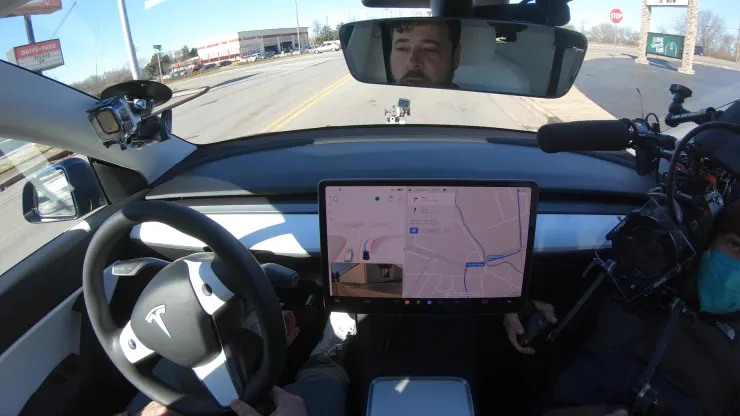Elon Musk set Tesla on a new course for self-driving

Elon Musk let his Model S drive itself using Tesla’s Full Self Driving technology on a Friday in late August at Tesla headquarters in Palo Alto. While listening to Mozart, he livestreamed his trip, including a visit to Mark Zuckerberg’s house, whom he had jokingly challenged to a cage match. “Perhaps I should knock on his door and ask him if he would like to engage in hand-to-hand combat,” he laughed before letting the car continue.
Musk had used FSD hundreds of times before, but this drive was radically different, and not just because it was smoother and more reliable. In his view, the new version of FSD, FSD 12, is a quantum leap towards artificial general intelligence that can operate in real-world physical situations and completely transform autonomous vehicles. Instead of being based on hundreds of thousands of lines of code, as all previous versions of self-driving software were, this new system had taught itself how to drive through processing billions of frames of video of how humans do it, just as the new large language model chatbots train themselves to generate answers by processing billions of words of human text.
This fundamentally new approach was set in motion just eight months earlier by Musk.
In a meeting with Musk in December, Tesla’s autopilot team member Dhaval Shroff explained to Musk, “It’s like ChatGPT, but for cars.” In comparison to OpenAI’s new chatbot that Musk founded in 2015, he explained, “it’s like ChatGPT, but for cars.” A computer’s neural network is then trained to mimic how real human drivers act in a complex driving situation, said Shroff.
